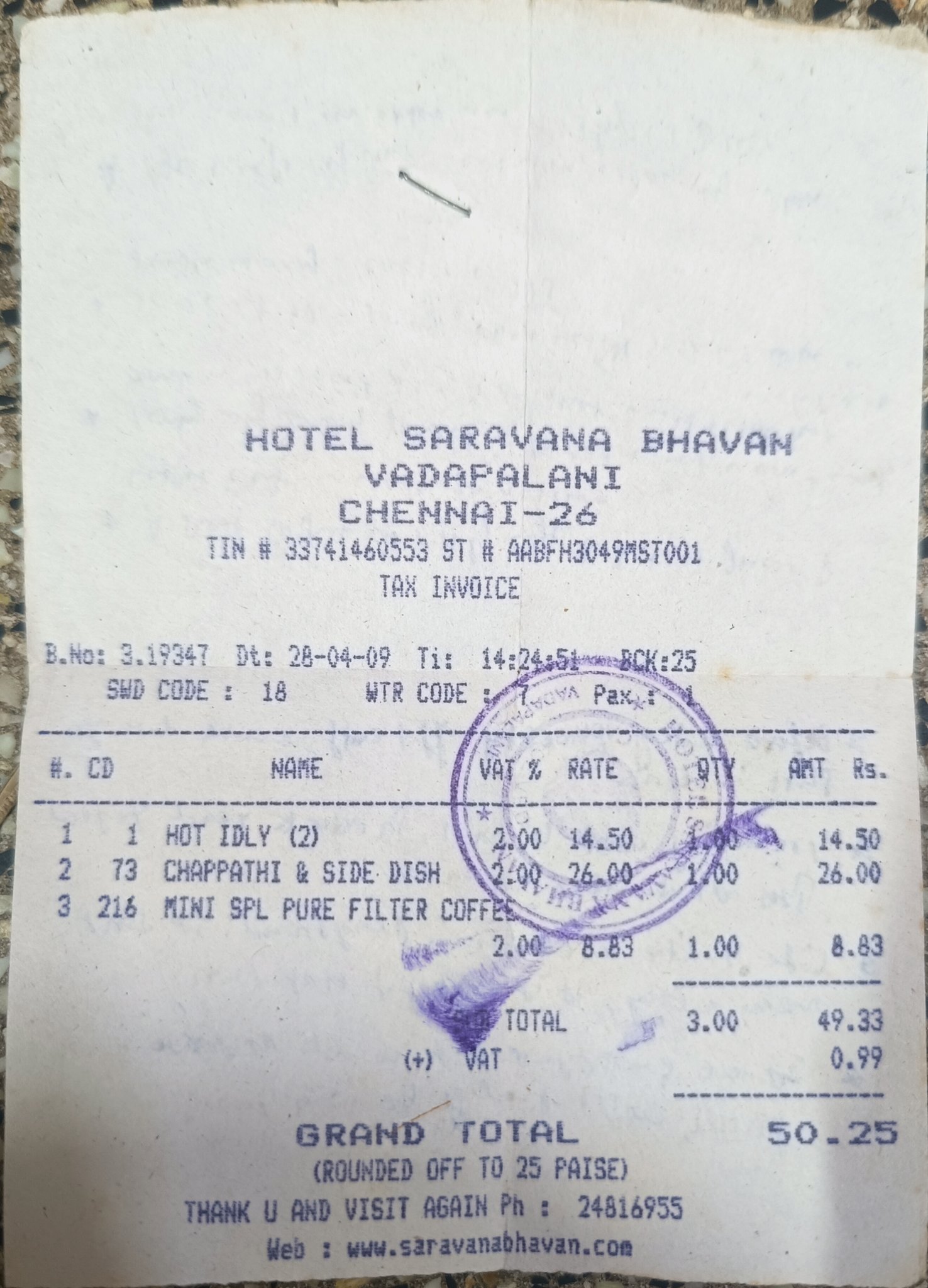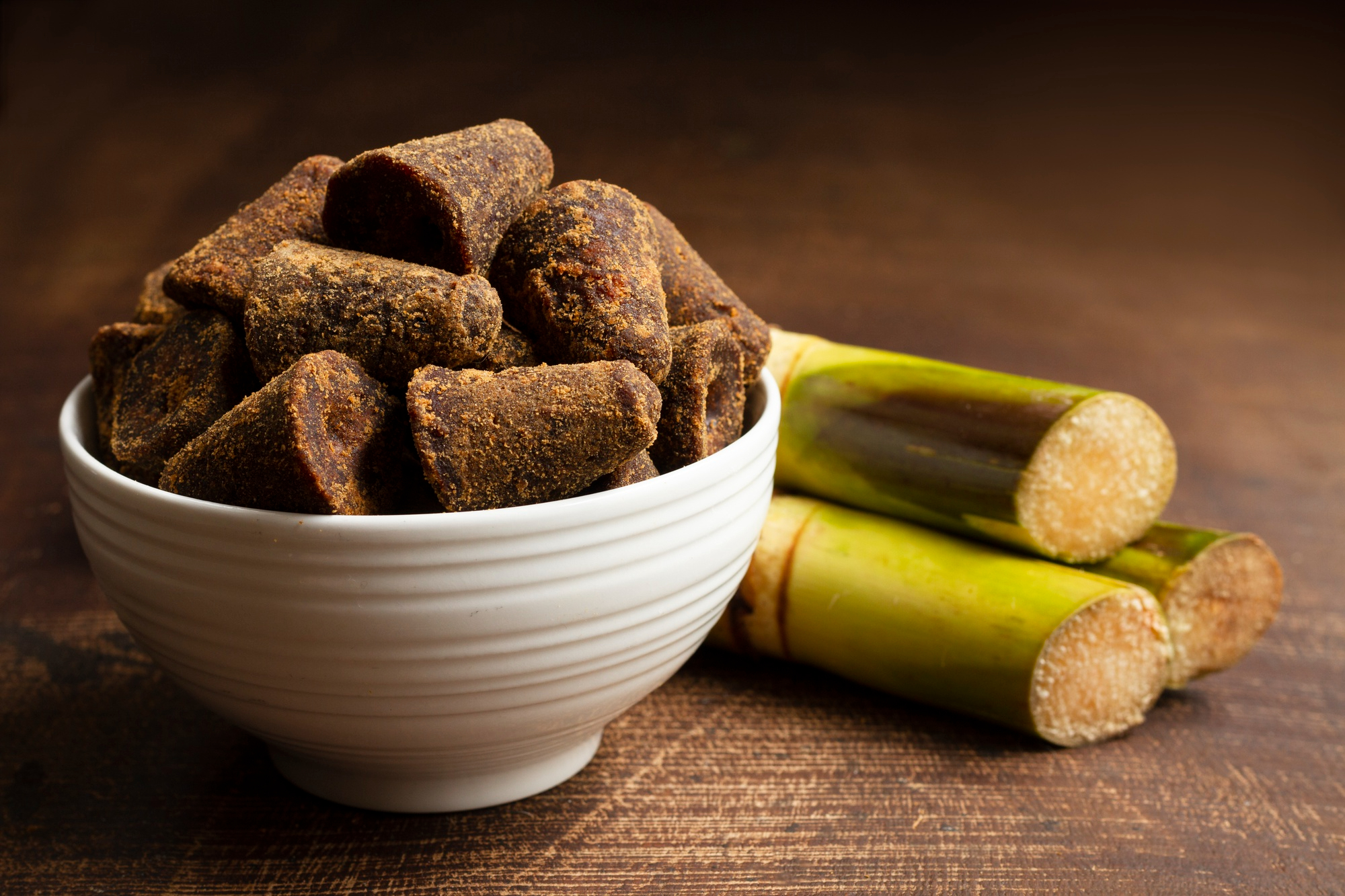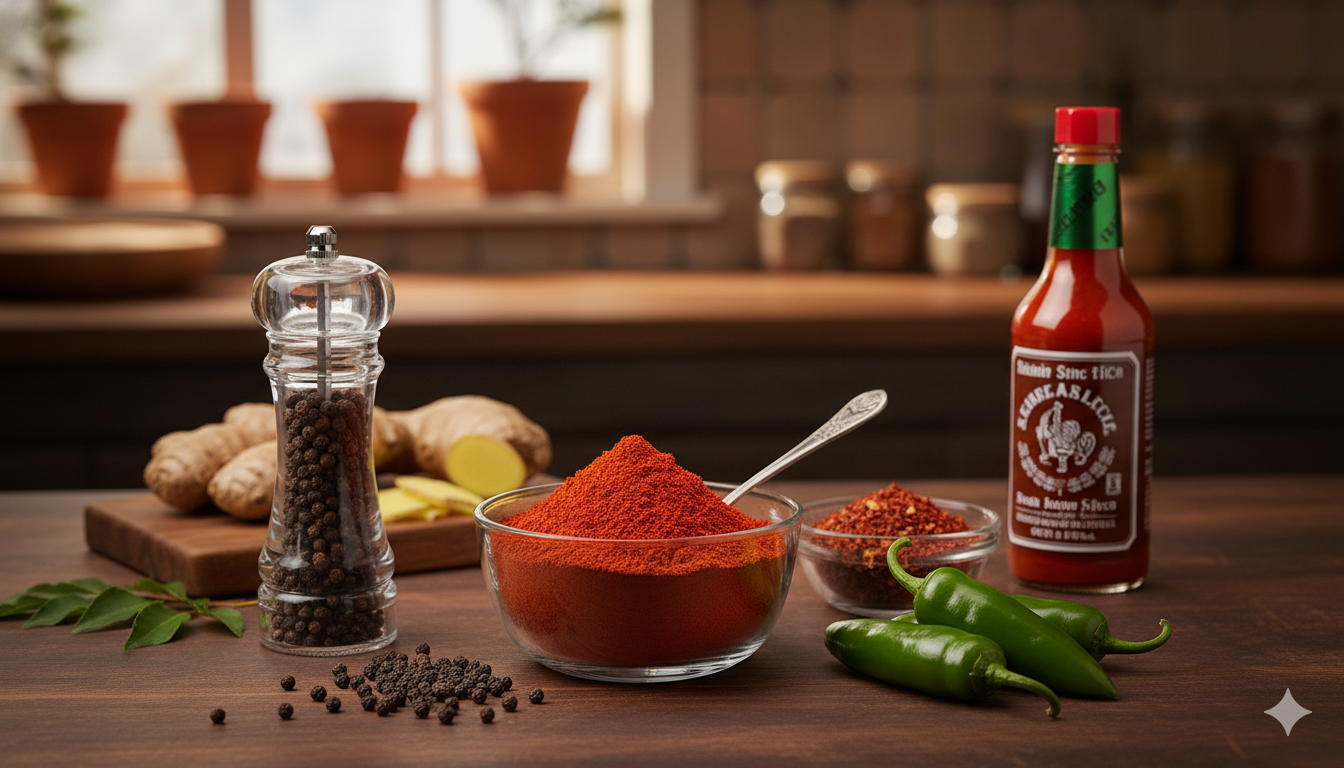Do you remember the time when Indian palates were largely content with the familiar comforts of Butter Chicken, Biryani, and Dosa? Then, a quiet revolution began brewing, starting with Italian food, Thai food and now Korean food. Today, walk into any major Indian city, and you'll find a growing number of Korean restaurants, instant noodle aisles bursting with fiery red packets, and a whole new vocabulary of "kimchi," "ramen," and "tteokbokki" slipping into everyday conversations. So, why exactly are Indian consumers falling head over heels for Korean cuisine?
Here Are 5 Reasons Why Korean Cuisine Became Popular In India
1. The K-Wave Effect
It all began with K-dramas and K-pop. Shows like Squid Game, Crash Landing on You and Extraordinary Attorney Woo introduced Indian audiences to scenes of bubbling stews, shared meals, and Korean food culture that's rooted in emotion and connection. Watching characters slurp noodles or cook bulgogi at home sparked curiosity, which quickly turned into a craving.
Suddenly, Korean food wasn't just something characters ate on screen. It was something fans wanted to taste in real life.
2. Shared Love for Spice and Ferment
Indian cuisine has always celebrated bold, layered flavours, and Korean food matches that intensity. Spicy, tangy, umami-rich, and often fermented, Korean dishes align surprisingly well with the Indian palate. Dishes like tteokbokki (rice cakes in chilli sauce) or kimchi resonate among Indian consumers who are no strangers to heat and complexity.
Even the idea of banchan - small side dishes served with every Korean meal - reminds many Indians of their own thalis or home-style spreads with pickles, chutneys, and sabzis.
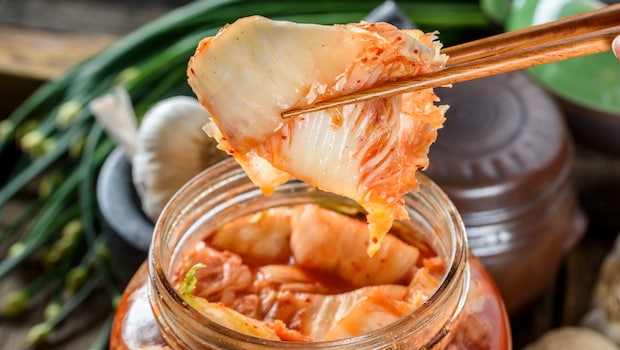
Kimchi is a popular Korean dish
3. Rise of DIY and Instant Korean Meals
The pandemic changed how Indians explored food. With more time at home and fewer travel options, many turned to cooking new cuisines. Korean meal kits, instant ramen, and YouTube recipes by Korean chefs became a gateway into this new world. Brands quickly caught on, making Korean ingredients like gochujang (red chilli paste), seaweed, and Korean noodles available online and in major supermarkets.
Today, whipping up a Korean-style meal at home isn't intimidating; in fact, it's a fun weekend experiment for young, curious foodies.
Also Read: Want To Try Korean Food? Start With Making This Easy Cheese Dip (Recipe Video Inside
4. Korean Restaurants and Cloud Kitchens on the Rise
Urban India is seeing a steady rise in Korean restaurants, cafes, and delivery-only kitchens. These eateries offer fusion spins (think kimchi samosas or Korean fried chicken biryani), as well as traditional dishes. Many also create Instagram-worthy dining experiences - perfect for a generation that eats with their eyes first.
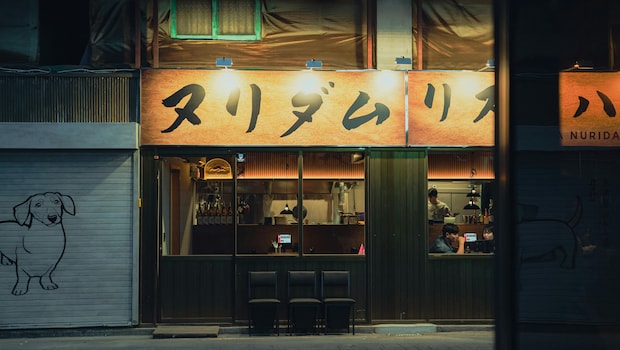
Many Korean restaurants are opening in India
5. Health Halo Around Korean Food
Korean food, especially fermented dishes like kimchi and doenjang, is often associated with gut health and natural probiotics. As Indian consumers become more conscious of what they eat, Korean cuisine - packed with vegetables, low-oil preparations, and clean flavours - offers a health-forward alternative to greasy fast food.
Also Read: 5 Delicious Korean Side Dishes That Deserve The Spotlight
Korean cuisine's rise in India reflects a growing openness among Indian consumers to try global flavours, explore food through culture, and embrace ingredients once thought unfamiliar. And with every bite of spicy ramyeon or crispy pajeon, Korea feels just a little closer to home.
About Neha GroverLove for reading roused her writing instincts. Neha is guilty of having a deep-set fixation with anything caffeinated. When she is not pouring out her nest of thoughts onto the screen, you can see her reading while sipping on coffee.


